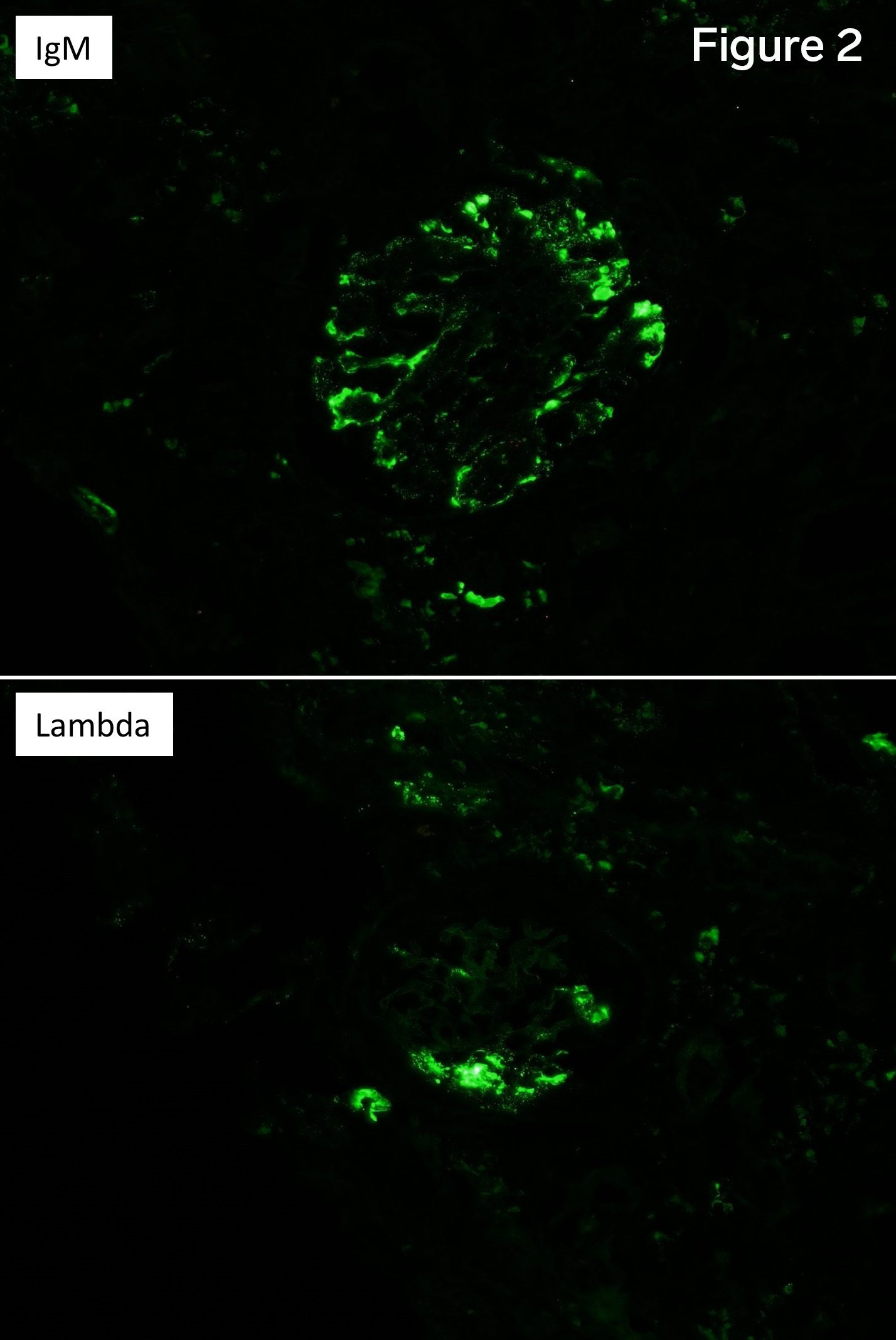Figure 1: PAS-stained section showing a glomerulus with a membranoproliferative pattern of glomerular injury characterized by mesangial matrix expansion and hypercellularity, associated with endocapillary proliferation, glomerular basement membrane double contour formation and accentuation of the lobular architecture. Furthermore, the capillary loops show frequent, large, PAS-positive pseudothrombi, highly suspicious for cryoglobulinemic glomerulonephritis. Cryoglobulins are circulating immunoglobulins that precipitate at 4°C and redissolve at 37°C. They are classified into three types according to the immunochemical composition of the immunoglobulins. Type I cryoglobulins are composed of a single monoclonal immunoglobulin, usually IgM, and are commonly associated with lymphoproliferative disorders such as Waldenstrom macroglobulinemia, multiple myeloma, low-grade B cell non-Hodgkin lymphoma and chronic lymphocytic leukemia. On the other hand, types II and III, also called mixed cryoglobulins, are composed of immune complexes with rheumatoid factor activity. Type II is usually composed of a monoclonal IgM and a polyclonal IgG, while type III is composed of a polyclonal IgM and polyclonal IgG.
Figure 2: Immunofluorescence shows strong positivity of the pseudothrombi for IgM and lambda light chain only, consistent with cryoglobulinemic glomerulonephritis type 1. This 63 year old female had a history of chronic lymphocytic leukemia/ small lymphocytic lymphoma (CLL/SLL). Serum protein electrophoresis with immunofixation showed and IgM lambda paraprotein.
Quick note: This post is to be used for informational purposes only and does not constitute medical or health advice. Each person should consult their own doctor with respect to matters referenced. Arkana Laboratories assumes no liability for actions taken in reliance upon the information contained herein.



